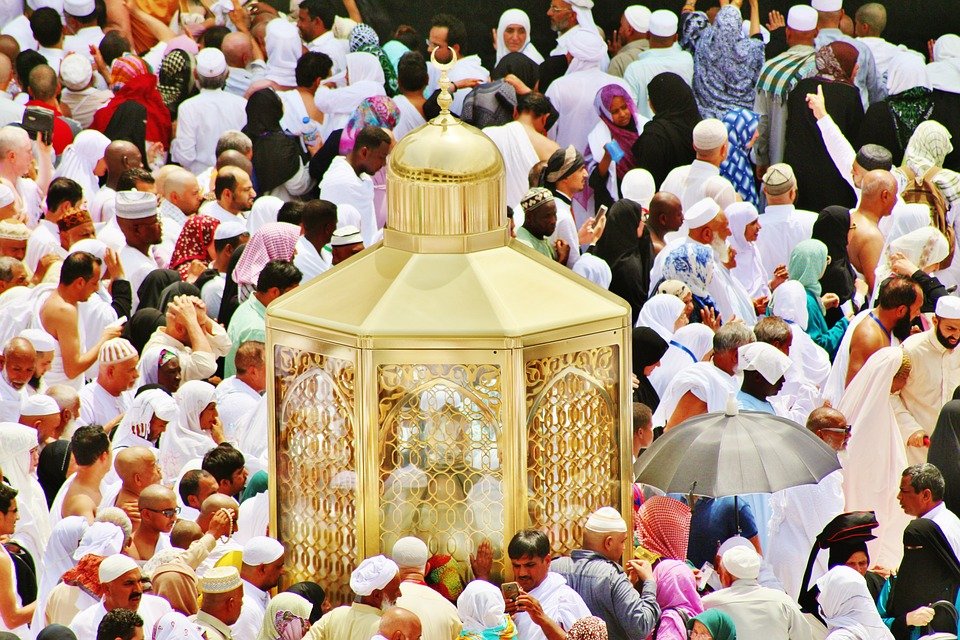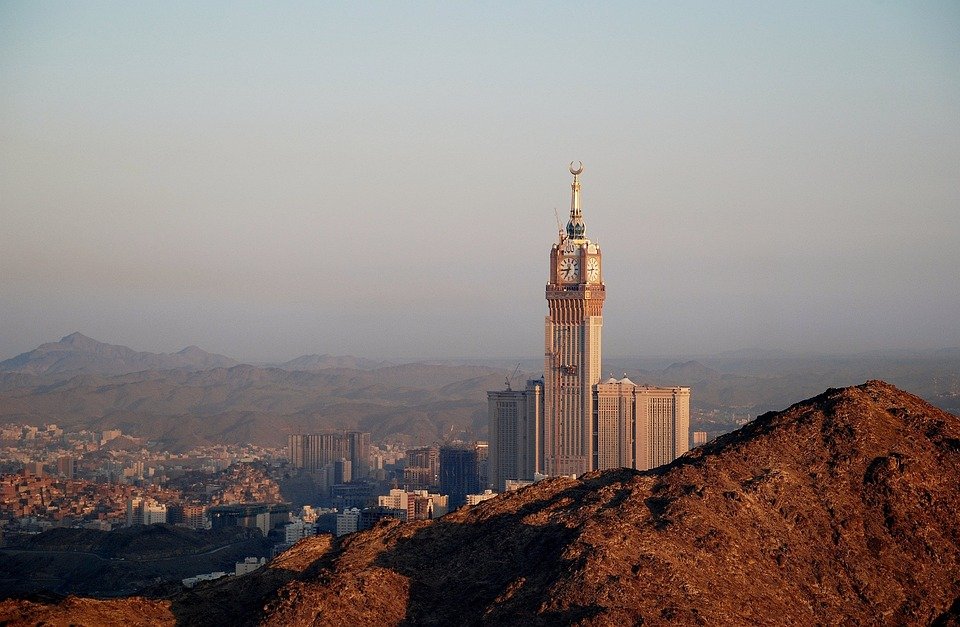You are here to read: What Did Mansa Musa Bring on His Hajj? Key Highlights – A Thoughtfully Written Guide Offering Spiritual Wisdom and Travel Advice for Every Pilgrim who is going on holy journey of Hajj or Umrah.
When exploring the topic of “What Did Mansa Musa Bring on His Hajj,” you’ll uncover a fascinating blend of wealth, spirituality, and cultural significance. Mansa Musa, the illustrious king of the Mali Empire, undertook a pilgrimage to Mecca in the 14th century that transformed not just his legacy, but also the perception of wealth in the Islamic world. In this article, I promise you will find a comprehensive guide that details the lavish gifts, gold, and resources he brought along, contributing to a significant moment in Islamic history.
Understanding what Mansa Musa brought on his Hajj holds great importance for comprehending the cultural and economic impact of his pilgrimage. In my opinion, his journey exemplifies how faith and affluence intersected, leaving an indelible mark on the regions he passed through. Our team at Airlinkhajjandumrah.com, with over nine years of expertise in the Umrah and Makkah travel field since 2016, is dedicated to providing key highlights about this fascinating topic. We strive to enrich your understanding of Mansa Musa’s impact and the broader significance of Hajj in fostering connections within the Muslim community.
What Did Mansa Musa Bring on His Hajj? Key Highlights
The Rich Legacy of Mansa Musa
Mansa Musa, the brilliant emperor of the Mali Empire during the 14th century, left an indelible mark on history. His reign was a testament to wealth and prosperity, thanks to Mali’s abundant gold resources. Musa’s pilgrimage to Mecca, known as Hajj, was not just a spiritual trek; it became a spectacle that showcased his immense riches. In my opinion, this pilgrimage was a major event that transformed how people viewed Africa during that time.
As he traveled, Mansa Musa didn’t just carry gold, but he also brought along a retinue of people from scholars to laborers. The emperor understood the value of education and culture, so he made sure to include advisors and intellectuals in his caravan. This act not only displayed his wealth but also emphasized his commitment to learning and progress. Musa’s influence extended beyond borders, inspiring many and changing perceptions about African kingdoms.
The Caravan of Wealth
As Mansa Musa journeyed from Mali to Mecca, he organized an astonishing caravan. It consisted of thousands of people, camels, and horses. One can only imagine the sights and sounds of such a massive gathering. The caravan was adorned with striking fabrics and precious materials. They carried extravagant gifts like gold, silver, and even semi-precious stones to present to the rulers and scholars they met along the way.
Mansa Musa’s set of offerings amazed everyone he encountered. His generosity knew no bounds. When he visited cities like Cairo, he showered its residents with gold coins, significantly impacting the local economy. This lavish display prompted widespread admiration and curiosity about his homeland. I believe this caravan not only represented wealth but also symbolized the rich traditions and culture that existed in Mali and the surrounding regions.
The Cultural Exchange
Mansa Musa’s Hajj was more than just a display of wealth; it was also an opportunity for cultural exchange. Throughout his journey, Mansa Musa interacted with various scholars, traders, and dignitaries. These encounters fostered relationships that were beneficial to Mali and other regions. He is said to have invited numerous scholars back to Mali after his pilgrimage, enriching his own kingdom with knowledge and expertise.
You're at the middle of this awesome post at AirlinkHajjandUmrah.com through: What Did Mansa Musa Bring on His Hajj? Key Highlights. Keep reading, it gets better!
In my eyes, this cultural interchange was significant. It laid the foundation for future collaborations among nations. The doors opened wide to the spread of ideas, art, and innovations. The exchanges during his Hajj made people realize that knowledge and culture are just as valuable as gold. This spirit of collaboration continues to inspire us, reminding us that sharing ideas can change the world.
The Impact on Architecture and Education
One of the most lasting impacts of Mansa Musa’s pilgrimage was its influence on architecture and education in Mali. After his return, he initiated the construction of impressive buildings, including universities and mosques. The famed Sankore University in Timbuktu became a center for learning and attracted scholars from around the world.
Mansa Musa’s commitment to education fueled a renaissance in the region. He recognized that wealth isn’t just about material possessions; it’s also about knowledge. I feel this shift in focus continues to resonate today. The importance of education and the pursuit of knowledge is essential for personal and communal growth. His actions serve as a reminder that with great wealth comes the responsibility to invest in the future.
The Transformation of Trade Routes
Mansa Musa’s pilgrimage dramatically transformed trade routes across North Africa. As he traveled, people took notice of the wealth he displayed and began to explore trade connections with Mali. His journey improved relationships between various regions, opening up new opportunities for commerce.
The wealth that flowed into Mali during and after his Hajj influenced local economies far and wide. Towns sprang to life as new trading routes opened up. Goods such as salt, gold, and spices circulated more freely, enhancing the standard of living for many. I think this shift exemplified how Mansa Musa’s legacy extended far beyond his lifetime. It highlighted the importance of trade in building relationships among nations.
The Spiritual Essence of Hajj
At its core, Hajj is a deeply spiritual undertaking, and Mansa Musa’s pilgrimage was no exception. He approached this sacred journey with a sense of reverence and humility. For him, it was not merely about showcasing wealth; it was a profound act of faith. I feel that this aspect of his journey is often overlooked yet central to understanding his character.
Mansa Musa used this journey to seek forgiveness, guidance, and blessings. Each step he took was imbued with significance, revealing his commitment to faith. His actions inspire us to consider the importance of spirituality in our lives. It reminds us that, despite worldly possessions, it is our character and beliefs that shape who we are.
Lasting Legacy of Mansa Musa
The legacy of Mansa Musa is rich and multifaceted. His pilgrimage profoundly impacted not only Mali but also the broader world. Through his immense wealth, cultural exchanges, and commitment to education, Musa helped change perceptions of Africa. In my opinion, his influence serves as a beacon of hope and inspiration for future generations.
The stories of Mansa Musa remind us that leadership is not just about wealth but about lifting others. His Hajj wasn’t solely a personal endeavor; it was a collective journey that continues to resonate today. We can learn from his example—the importance of generosity, education, and faith—all lessons that hold significance in our lives.
That wraps up What Did Mansa Musa Bring on His Hajj? Key Highlights. Thanks for sticking with us till here! Share this: What Did Mansa Musa Bring on His Hajj? Key Highlights with your friends.
Check our homepage at Air Link Hajj & Umrah for more awesome updates.
Some interesting posts are: 1: Umrah Mubarak, 2: When is Umrah closed 2026?, 3: When does Umrah start after Hajj 2026?
Mushu, an experienced Saudi Arabia traveler and writer, shares insightful tips and spiritual reflections to enhance Hajj and Umrah journeys for fellow pilgrims. He has been to Makkah and Madina from 2016 to 2023 many times and his posts will reflect this.







